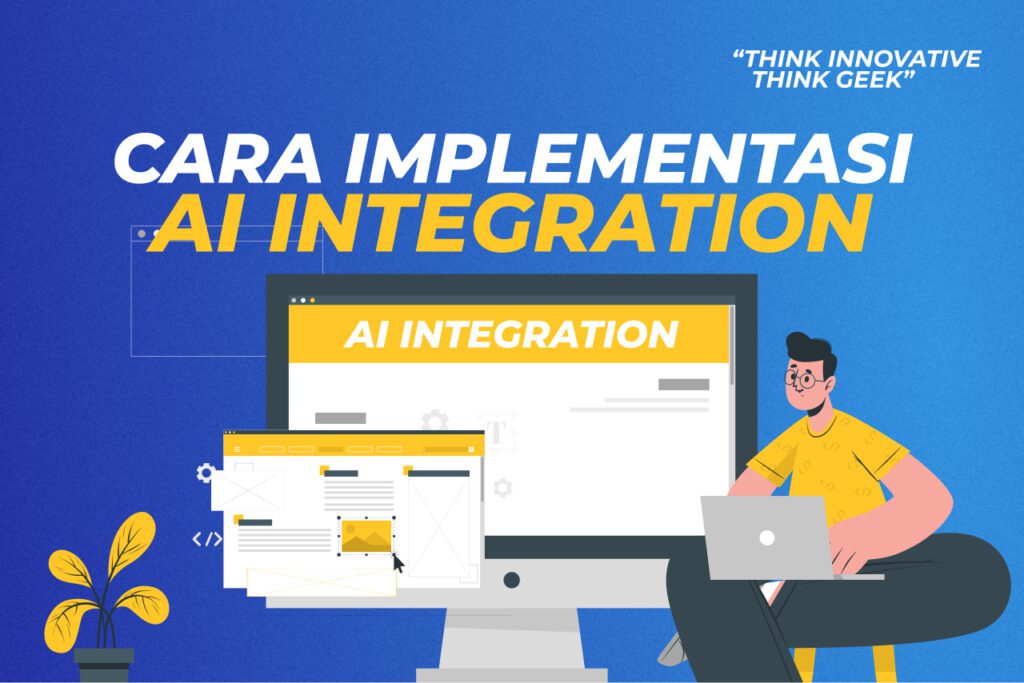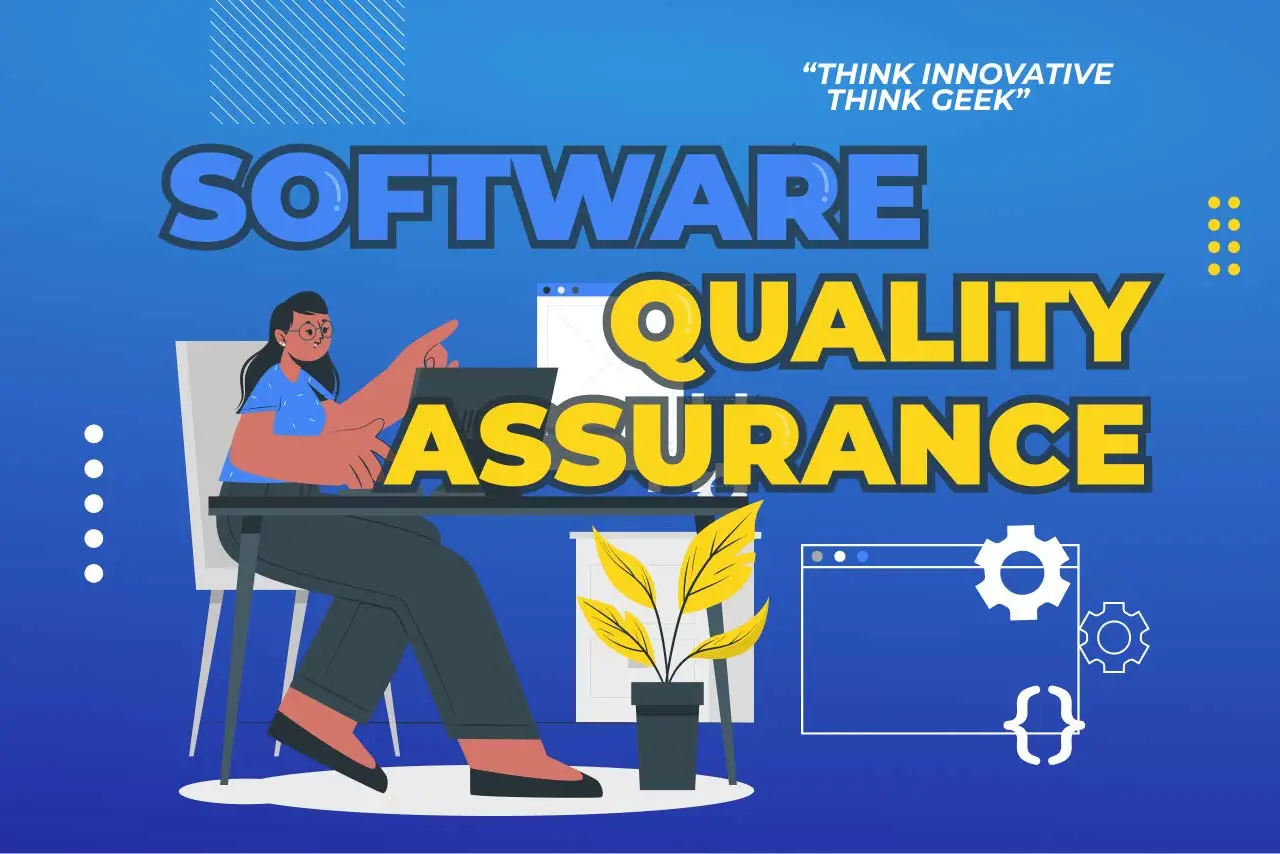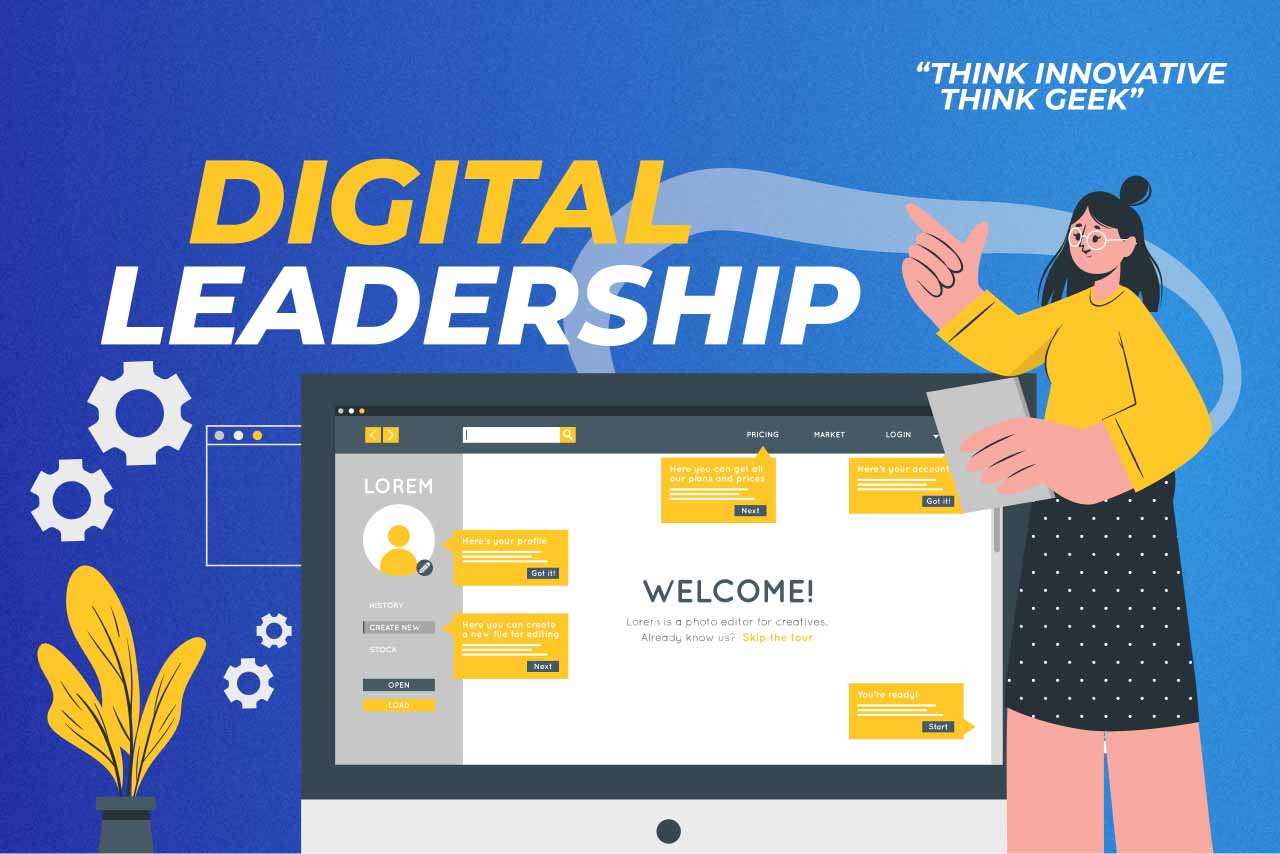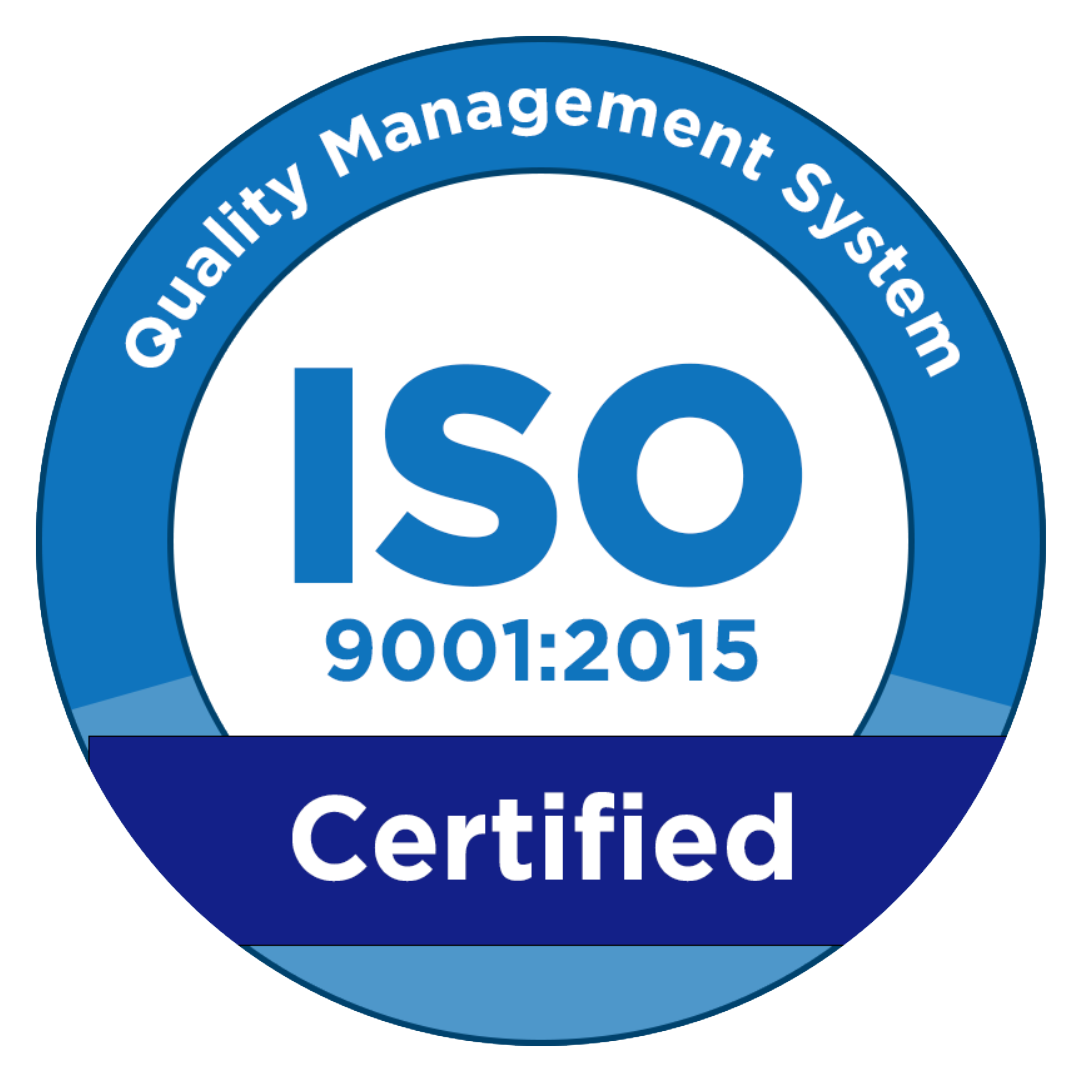Implementing AI integration requires organizations to devise strategies aligned with business goals, form cross-functional teams, design modular architectures, and apply data pipelines and APIs before going into production. From assessment to deployment, here’s how to implement AI integration.
What is AI Integration?
Artificial Intelligence integration is the process of embedding AI technology into existing systems, applications, or business processes. The main goal of AI integration is to improve accuracy, efficiency, and system automation to enable smarter and faster operations.
AI can analyze customer data in real-time through applications or CRM systems. This technology provides product recommendations to customers. Additionally, with AI automation and integration, you can also identify potential issues in the system. Through integration, you can leverage AI technology as a tool to enhance efficiency and competitive advantage.
What Are the Benefits of AI Integration?
You can gain various advantages and benefits from applying AI integration. So, what are the benefits you can get from AI integration?
1. Fast and Accurate Data Analysis
AI integration facilitates real-time processing of large volumes of data with high accuracy, providing deep insights for strategic decision-making. Machine learning technology can detect hidden patterns and trends, thus supporting better business forecasting and planning.
2. Customer Service Personalization
AI integration in chatbots and recommendation engines provides personalized experiences for each user, increasing customer engagement and loyalty.
3. Automation and Operational Efficiency
AI can automate repetitive tasks previously done manually, allowing teams to focus on high-value activities. With automated workflows, process completion time can be cut by up to 70%, increasing throughput and reducing employee workload.
4. Product and Service Innovation
AI integration opens opportunities for the development of smart features such as automatic object detection, predictive analytics, and generative AI that add value to products and services.
5. Enhanced Security and Anomaly Detection
AI real-time monitoring can detect anomaly patterns and potential cybersecurity threats faster than conventional methods.
How to Implement AI Integration?
Let’s look at the AI integration implementation process below:
1. Strategic Planning and Needs Assessment
Define your AI ambitions by identifying the expected strategic impact, such as process automation, service personalization, or improved data-driven decision-making.
Prioritize use cases by selecting 3–5 initiatives with the highest ROI potential, using SWOT or Gartner’s AI roadmap to determine execution order. Also, collect “as-is” metrics like latency, error rate, and operational costs before implementation to measure improvement.
2. Architecture Design and Platform Selection
Next, choose infrastructure based on compliance and scalability needs, such as AWS/GCP/Azure for cloud or on-premise for critical applications. Then, design microservices connected to AI models via REST/gRPC and event-driven systems for decoupling and scalability.
Implement a feature store to store machine learning features and metadata, and use IBM DataStage for no-code data integration.
3. AI Model Development and Integration
There are three steps in AI model development and integration. First, data preparation, which involves cleaning, normalizing, and anonymizing data to train fair and accurate models.
Next, model containerization—package the model in a Docker container and use an inference service to maintain consistency across environments. Then, integration via API gateway—utilize IBM AI Gateway or APIPark for centralized API management and secure model invocation.
4. Testing and Validation
The next stage is testing and validation. Test each microservice and end-to-end flow, including batch and real-time inference scenarios. Then, ensure the system withstands high loads and meets SLA latency requirements.
Run a limited pilot project to manage uplift and gather feedback before scaling up.
5. Deployment and Monitoring
After completing the above stages, you can deploy the technology and monitor it regularly.
You can use rollout strategies, such as blue-green or canary releases, to minimize downtime and simplify rollback. Monitor model accuracy in the production environment and schedule retraining if drift is detected.
Read Also: Reduce Cost, Time, and Stress with Proven AI Automation!
Best Practices for Implementing AI Integration
There are several strategies, tips, or ways to implement AI integration so your AI technology can operate optimally. What are the strategies?
- MLOps Pipeline – Automate model build, test, and deployment for faster development cycles.
- Zero-Trust Security – Implement role-based IAM, end-to-end encryption, and audit trails for every request.
- Data Governance – Regularly audit models and use fairness checks to reduce bias.
- Business-IT Collaboration – Involve business stakeholders early and create “AI champions” to foster AI culture adoption.
Accelerate Your Digital Transformation with AI Integration by GeekGarden!
AI integration sparks a quantum leap in productivity, accuracy, and original discovery in the business realm, as long as architectural foundations, data quality, integration workflows, and team synergy are solidly established. Demonstrating sustainable strategic steps, collaboration with a trusted partner is key to unlocking these transformational benefits.

GeekGarden, as a reliable integrator, offers a range of services from architectural design to AI integration implementation to drive innovation and growth acceleration. Consult your business needs with the GeekGarden team and experience the benefits of AI technology for your business!
Author: Sari Dewi (Content Writer)















